Essendon Country Club Course Review
With two very enjoyable courses that are surprisingly different from one another, Essendon makes for an excellent golfing venue as Rob Smith discovers…

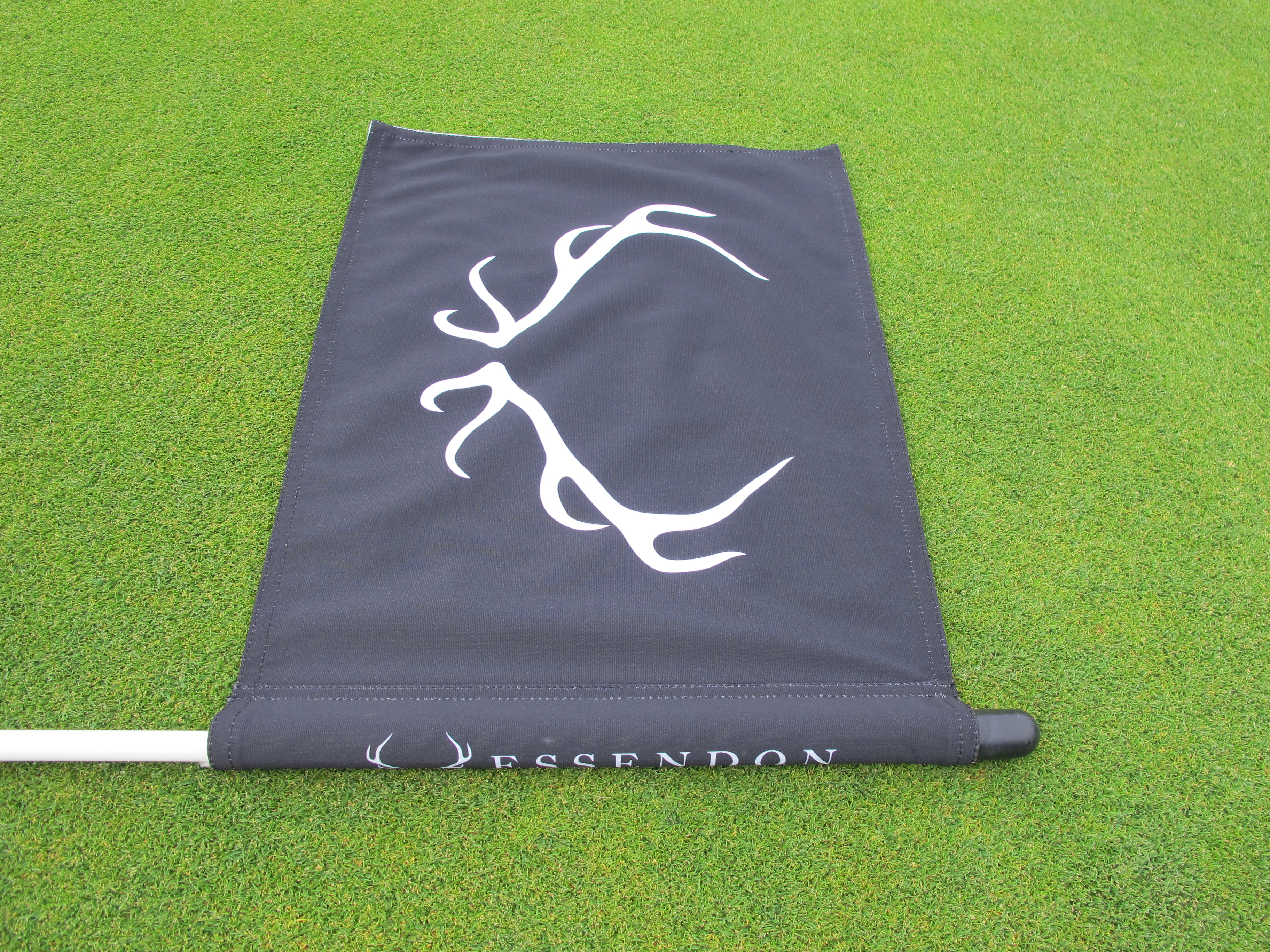
With two very enjoyable courses that are surprisingly different from one another, Essendon makes for an excellent golfing venue as Rob Smith discovers…
Essendon Country Club Course Review
Blessed with a characterful clubhouse and not one but two fine courses, Essendon Country Club enjoys a pleasingly rural location in the wilds of Hertfordshire. Think of the M25 as a clockface, and Essendon is five miles to the north of midnight.
The club has already been recognised by Golf England, and what is remarkable is that although the two courses are both parkland, they are actually very different in nature. Rather than a full account of all 36 holes, I have simply picked out three from each nine which will hopefully whet the appetite.
New Course
A quite unusual feature of the New Course is that almost all of the holes have two greens - effectively meaning that main greens can be in play all year, as well as offering the chance to play roughly the same hole in a completely different fashion on a different occasion!

The New runs on land to the north of the clubhouse and the Old.
Subscribe to the Golf Monthly newsletter to stay up to date with all the latest tour news, equipment news, reviews, head-to-heads and buyer’s guides from our team of experienced experts.

Water comes into play regularly throughout the round, especially at the short 8th hole.
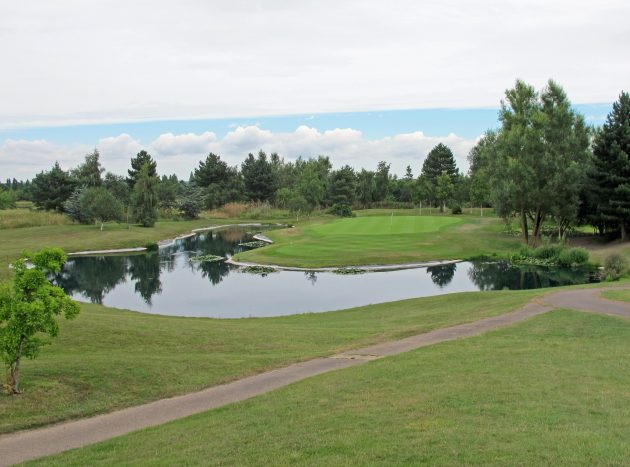
Par for the New Course is 73 and it is made up of four short holes and five par 5s.
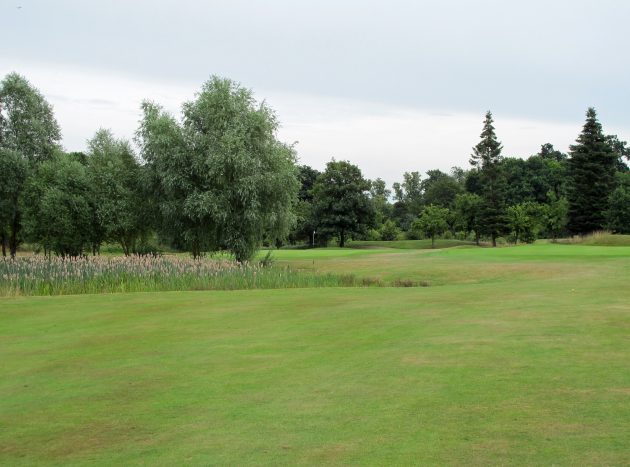
There is a particularly strong finish with water lining the closing two holes - the 17th, an attractive and tough par 4…
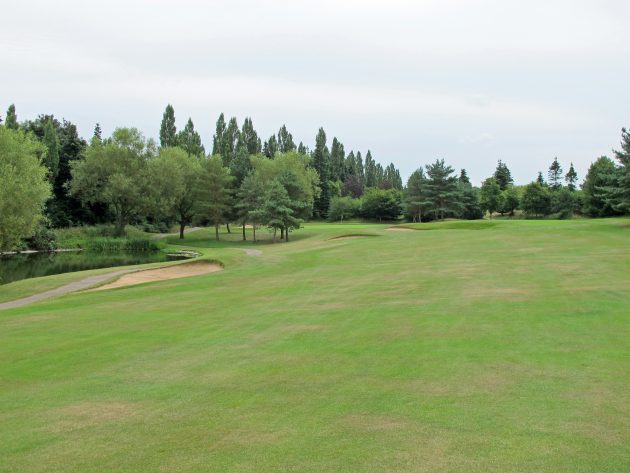
… and the 18th, recently lengthened to a challenging par 5 with new bunkering.

Old Course
The Old dates back to 1976 and was designed by Fred Hawtree.

Once again the par is 72, but this time there are five par 3s and five three-shotters.
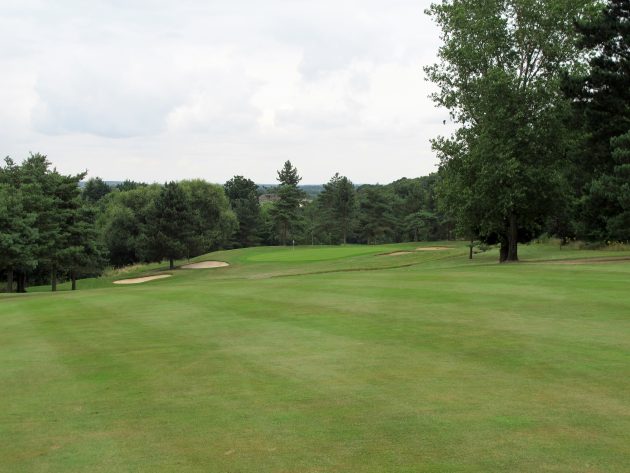
The 8th is a longish par 4 which somehow I managed to birdie, thus proving that miracles do happen.
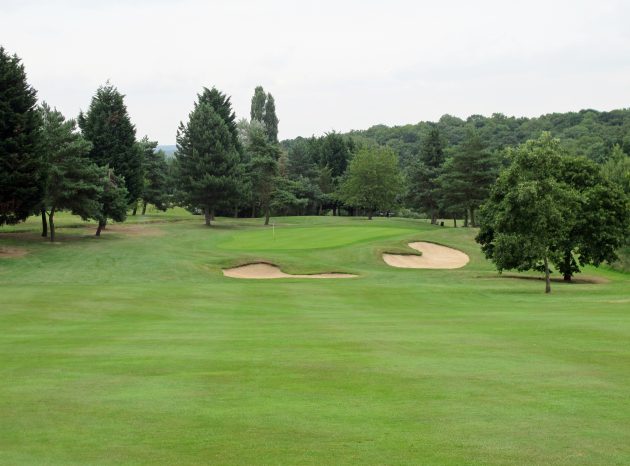
My favourite hole on the entire complex is the long 10th on the Old which is played from an elevated tee, calls for a long drive and a very accurate approach.
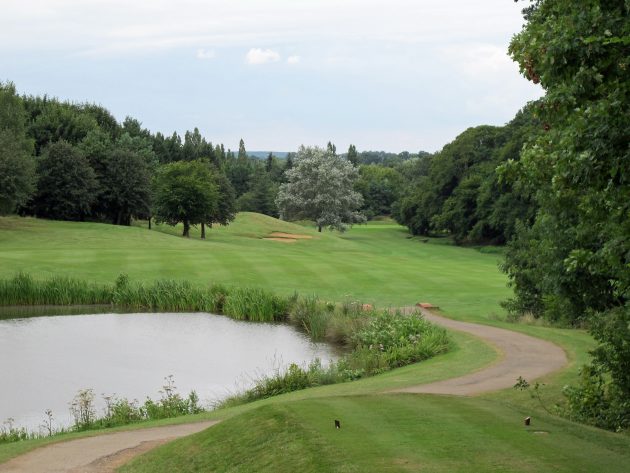
There are three par 5s in four holes at the start of the back nine, and two short holes in the last four with the 15th another where length varies greatly depending on the tee.
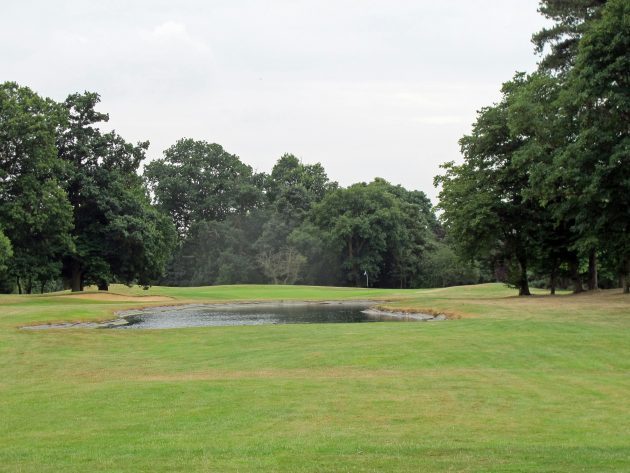
Beware of the beautiful specimen tree that guards the 16th fairway and the diagonal bunkers that protect the 17th green, and the course finishes with a manageable short hole that will offer the chance of a birdie.
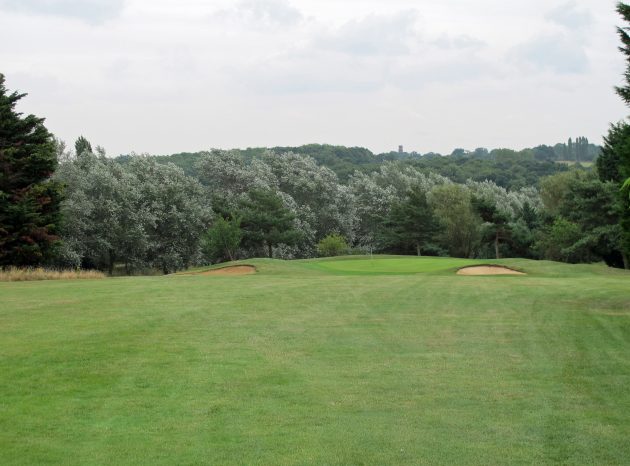
The holes I have included are not necessarily the best, they are simply a cross section based on the photos I took on the day. Nor do the photos or indeed my words explain accurately how different the two courses are. I think there is only one way to find out for yourself!

Rob has been playing golf for over 45 years and been a contributing editor for Golf Monthly since 2012. He specialises in course reviews and travel, and has played over 1,250 courses in almost 50 countries. In 2021, he played all 21 courses in East Lothian in 13 days. Last year, his tally was 78, exactly half of them for the first time. One of Rob's primary roles is helping to prepare the Top 100 Courses of the UK&I, of which he has played all, as well as the Next 100 where he is missing two in Scotland and two in Ireland. He has been a member of Tandridge for over 30 years where his handicap hovers around 15. You can contact him at r.smith896@btinternet.com.